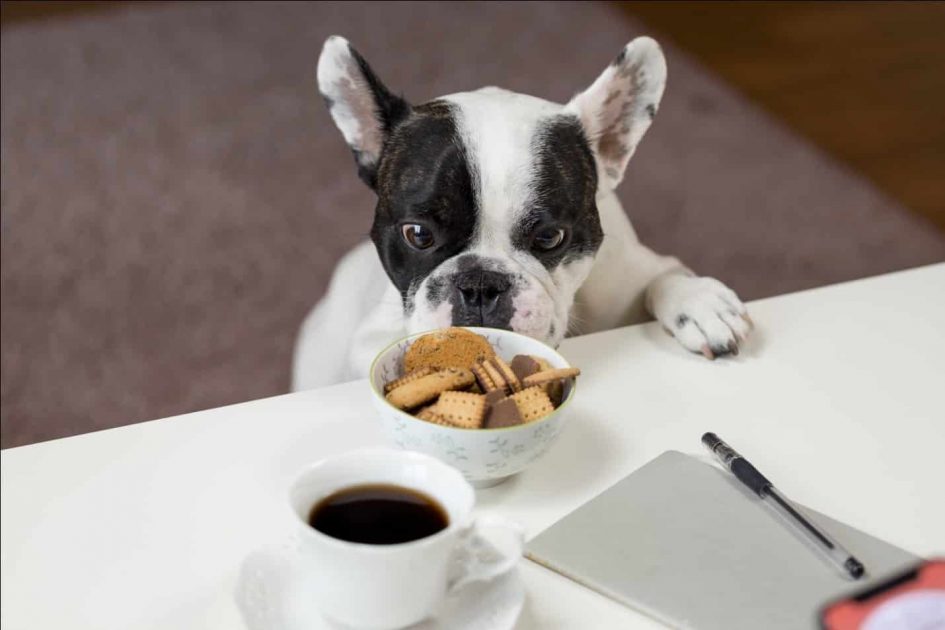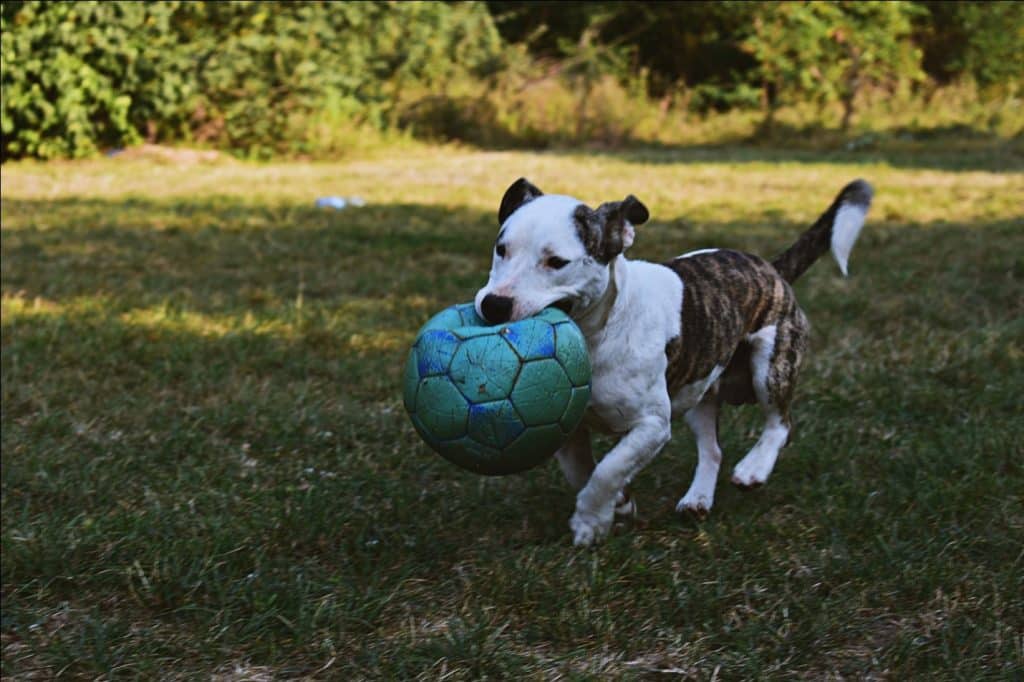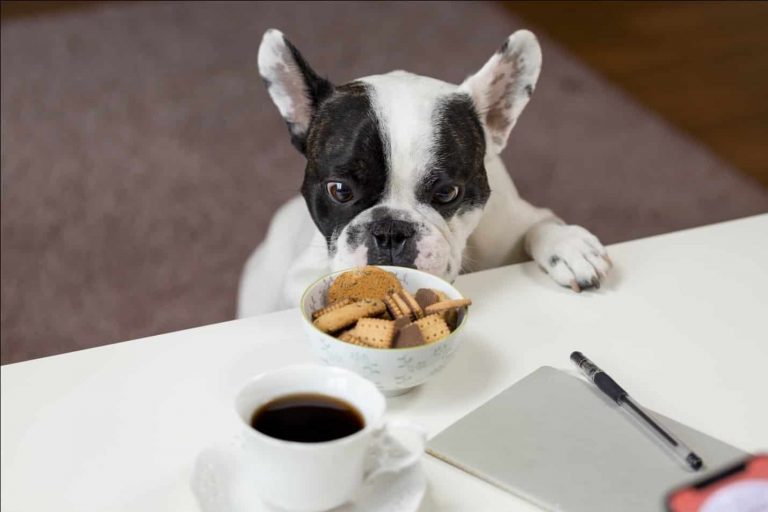

7 Ways You Can Help Your Dog Lose Weight
Does your canine friend laze around all day long? Has it gained too much weight? Read further to find out some great ways to help your dog lose weight.
A majority of dogs in the U.S. are considered to be overweight or obese, making them prone to several health problems and diseases. Therefore, if you love your pooch, it is vital for you to ensure that it doesn’t grow beyond its weight limit. As much as you love feeding your dog, you still need to do everything that is best for him!
When it comes to preventing obesity, it’s simple: you must know what your canine’s average weight should be, keeping in mind any minor fluctuations. While you can seek your vet’s opinion to check if your dog’s weight is appropriate, you can also assess your canine’s condition at home by answering three simple questions:
- Does your dog have a defined waist?
- Would you define your canine’s shape as ‘hour-glass’ when you stand behind them and look down?
- Can you feel their ribs easily when you touch them?
If you answered “no” to all three questions, there’s a likely chance that your dog needs to shed weight. Well, here are a few ways you can help your dog lose weight.
1. Pay Attention to How Much You Feed Your Dog
While you may choose not to count calories and opt for other ways to determine whether you’ve gained or lost weight for yourself (do my pants fit or not?), this isn’t appropriate for your dog. When it comes to managing your dog’s weight in the long run, it is pivotal that you establish a benchmark on how much you can feed them. This means that you will have to determine your pet’s everyday calorie intake.
Relying on the feeding guidelines listed on the average pet food package isn’t a very good idea. There are various factors that influence a dog’s dietary requirements, such as its breed, size, gender, activity level, and whether it is spayed or neutered. So, it’s a good idea to pay a visit to the vet in order to find out what your dog’s daily caloric intake should be.

2. Break Up Meals into Smaller Portions
Instead of feeding your dog two or three large portions a day, it’s recommended that you break his meals and feed him smaller portions. You can count your dog’s total daily ration and then divide it up into three to six portions. The idea behind this is that multiple, small meals need energy to digest, which helps burn calories.
Feeding your pup small meals every four to six hours can also help maintain and stabilize their insulin levels. Not only does this help reduce their appetite spikes, but it also keeps your dog’s stomach full for most of the day. Smaller portions will also help your dog’s metabolism work properly, and once that happens, the excess pounds will drop easily.
3. Food Quality is Important
As important as calorie counting is, another crucial factor that can help your dog lose weight is feeding him good quality food. You should focus on feeding your pup low-carb, whole, fresh food. Most processed dog foods contain high amounts of carb-based fillers. Breaking down the ingredients on the label will give you an idea about the amount of carbs that these foods contain (most of them are 60% and up!)
Dogs require a balanced diet that contains healthy amounts of proteins and carbohydrates. Fresh food provides dogs with quality protein, fiber and moisture that will keep their cravings satisfied food longer, reducing their overall intake.
4. Don’t Forget to Account for Treats
Another simple way to help a dog lose a few extra pounds is by controlling or reducing its treat intake. No dog parent wants to deny their furry baby their dog treats. Moreover, treats also serve as a super-helpful training aid. However, keep a close eye on the number of treats that your pup consumes in a day. Treats shouldn’t account for more than 10% of your dog’s daily calorie intake.
Dog parents who give their dogs healthy food but high-carb, highly-processed, and high-calorie treats as well increase the risk of weight gain. If you feed your canine friend more than his allowed daily intake, you will undo the advantages of the healthy food that you’re feeding him.The best solution is to feed your dog single-ingredient treats, such as fresh vegetables and fruits.

5. Exercise is Important
There’s no denying that a healthy meal plan is the key to losing weight. However, no weight loss plan is complete without exercise. The most essential and obvious activity for a dog is – walk. Taking your canine for a daily stroll doesn’t just provide him with physical exercise but also mental stimulation.
Even though the minimum time of daily exercise is 20 minutes twice a day, many canines require more physical activity. Overall, the amount of walking your pup needs or wants merely depends on their health and their breed. Although according to conventional wisdom, certain dogs require less physical activities than others, the truth is that – all dogs need to move!
An hour of exercise is a pretty good daily target for many dog breeds. However, if your dog needs to lose weight, you will need to increase the level of their daily exercise. In case that’s none, or hardly any, initiate their physical activity with short walking intervals.
You can also consult your vet about the best activities for your dog based on their breed, gender, age and current physical condition. Introduce these activities gradually in your dog’s routine to avoid sudden change and injury.
6. Rule Out a Medical Condition
If you have been keeping your dog within its caloric boundaries, but still have no luck in helping your dog lose weight, you should definitely pay a visit to the vet to rule out a medical condition. Conditions like Cushing’s Syndrome and hypothyroidism often result in considerable weight gain and lethargy.
Conclusion
Just like humans, losing weight boils down to mere two things for dogs: food and exercise. As for dog parents, food tops exercise when it comes to helping a canine lose weight.
Moreover, weight loss doesn’t happen overnight, and maintaining it is even a longer game. If you feel like you’re overfeeding your four-legged friend, you should work with your vet to develop a weight loss plan based on appropriate calories to ensure that your dog doesn’t gain or lose too much weight too fast as it’s unhealthy.
Overall, the best strategy to manage your pup’s weight is to help him build good habits overtime that are consistent and long-term.
Discover how to create a joyful, healthy home for your pet.
Subscribe to your weekly rundown of practice, real life ideas and training tips straight to your inbox.


